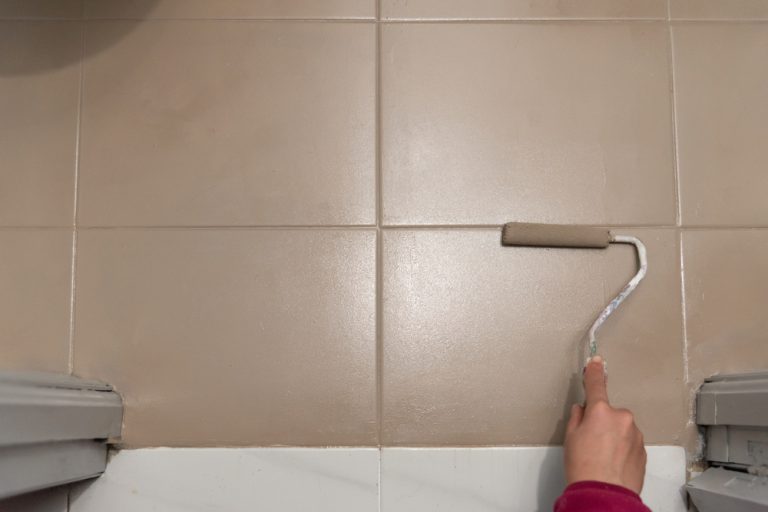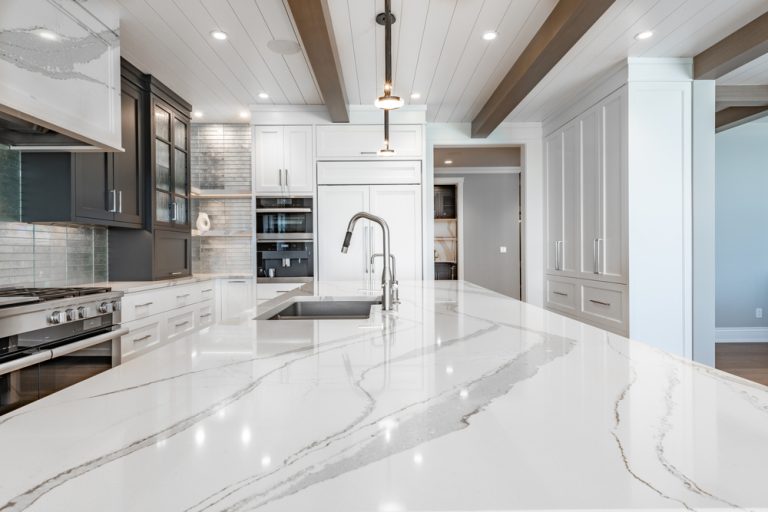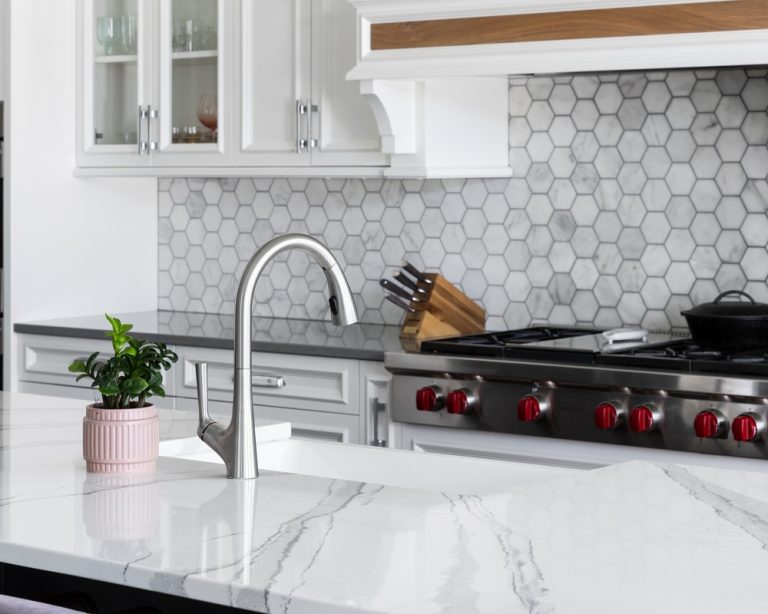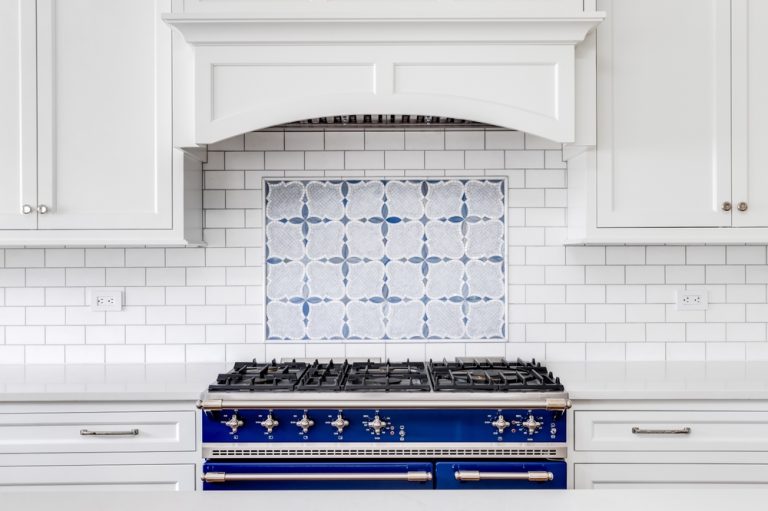Can You Tile on Drywall in Kitchen?
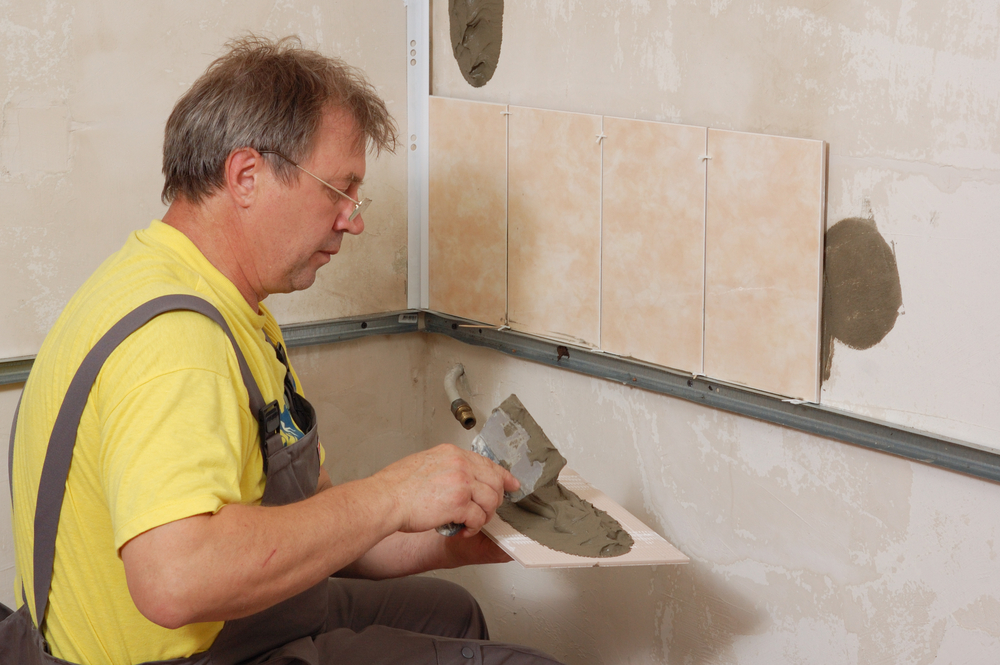
When planning a kitchen renovation, one common question that arises is can you tile on drywall in the kitchen? The answer is yes, but it’s essential to understand the conditions under which tiling directly on drywall is appropriate and how to ensure a long-lasting, durable installation.
In this guide, we’ll explore the pros and cons of tiling on drywall, the best practices for preparation, and tips for achieving a professional finish that enhances the look and functionality of your kitchen.
Understanding When It’s Appropriate to Tile on Drywall
Before deciding whether can you tile on drywall in kitchen, it’s important to understand when this approach is suitable and when it might be better to use an alternative substrate.
Suitable Areas for Tiling on Drywall
- Backsplash Areas: Tiling directly on drywall is most commonly done in kitchen backsplash areas, where the tiles are not exposed to heavy moisture. This is because the backsplash typically deals with occasional splashes rather than constant water exposure.
- Low-Moisture Zones: Drywall can handle tiling in areas that are not subjected to direct water exposure, such as behind countertops or on walls that don’t face the sink or stove.
Areas Where Drywall May Not Be Ideal
- High-Moisture Zones: In areas of the kitchen that are frequently exposed to moisture, such as behind the sink or near a dishwasher, drywall may not be the best choice. In these cases, a cement board or another moisture-resistant backer board is recommended to prevent damage from water exposure.
- Heavy Tiles: If you’re planning to install large or heavy tiles, the drywall might not be strong enough to support them without additional reinforcement.
Also Read – How to Remove Tile from Kitchen Counter?
Pros and Cons of Tiling Directly on Drywall in the Kitchen
Tiling on drywall can be convenient, but it’s essential to weigh the pros and cons before proceeding with the installation.
Pros
- Ease of Installation: Tiling directly on drywall can simplify the installation process. Since drywall is a common and easily workable surface, it’s straightforward to prepare and tile.
- Cost-Effective: Using drywall as a substrate can reduce costs, as it eliminates the need for additional backer boards or waterproofing materials in low-moisture areas.
- Quick Preparation: Drywall is typically smooth and even, making it easy to apply tile adhesive and achieve a uniform finish.
Cons
- Moisture Vulnerability: Drywall is susceptible to moisture damage, which can lead to mold growth, crumbling, and tile failure in areas with high humidity or direct water exposure.
- Limited Strength: While drywall can support most standard tiles, it may not be strong enough to hold heavy tiles or materials without additional reinforcement.
- Potential for Damage: If the drywall is not properly sealed or prepared, the tiles may not adhere correctly, leading to cracking or detachment over time.
How to Prepare Drywall for Tiling in the Kitchen
Proper preparation is crucial when tiling directly on drywall in the kitchen. Follow these steps to ensure a successful and long-lasting installation.
Inspect and Repair the Drywall
- Check for Damage: Before tiling, thoroughly inspect the drywall for any signs of damage, such as holes, cracks, or moisture issues. Damaged drywall should be repaired or replaced to ensure a solid foundation for the tiles.
- Sand the Surface: Use fine-grit sandpaper to lightly sand the surface of the drywall. This will help create a slightly rough texture, allowing the tile adhesive to bond more effectively.
Clean the Drywall Surface
- Remove Dust and Debris: After sanding, wipe down the drywall with a damp cloth to remove any dust, dirt, or debris. A clean surface is essential for proper tile adhesion.
- Let It Dry: Ensure the drywall is completely dry before proceeding with the tiling process. Moisture can interfere with the adhesive and compromise the installation.
Prime the Drywall (Optional)
- Use a Primer: Applying a primer to the drywall can enhance the adhesive bond and provide an extra layer of protection against moisture. A latex-based primer is a good choice for this purpose.
- Allow the Primer to Dry: Follow the manufacturer’s instructions for drying time. Typically, the primer should be allowed to dry completely before applying any tile adhesive.
Apply the Tile Adhesive
- Choose the Right Adhesive: Use a high-quality, thin-set mortar or tile adhesive that’s suitable for use on drywall. Make sure the adhesive is appropriate for the type of tiles you’re installing.
- Spread the Adhesive Evenly: Using a notched trowel, spread the adhesive evenly over the drywall, working in small sections. The notches will create ridges in the adhesive, ensuring a strong bond with the tiles.
Step-by-Step Guide to Tiling on Drywall in the Kitchen
Once the drywall is prepared, you can proceed with the tiling process. Here’s a step-by-step guide on how to tile on drywall in the kitchen.
Step 1: Plan Your Tile Layout
- Measure and Mark: Measure the area you plan to tile and mark the center point on the wall. This will help you maintain a balanced and symmetrical tile layout.
- Dry Fit the Tiles: Lay out the tiles on the countertop or floor to visualize the pattern and ensure the fit. This step allows you to make any necessary adjustments before applying adhesive.
Step 2: Apply the Adhesive and Install the Tiles
- Spread the Adhesive: Starting from the center point you marked, spread the adhesive on the drywall using a notched trowel. Work in small sections to prevent the adhesive from drying out before the tiles are set.
- Place the Tiles: Press the tiles firmly into the adhesive, using spacers to maintain even gaps between them. Continue placing tiles in rows, working outward from the center point.
- Check Alignment: Periodically check that the tiles are level and properly aligned. Adjust as needed before the adhesive sets.
Step 3: Cut Tiles to Fit (If Necessary)
- Measure and Mark: For tiles that need to be cut to fit around edges, outlets, or fixtures, measure the required size and mark the tile accordingly.
- Cut the Tiles: Use a tile cutter or wet saw to make precise cuts. Wear safety glasses and gloves to protect yourself during this process.
- Install the Cut Tiles: Apply adhesive to the back of the cut tiles and place them in the appropriate position on the wall.
Step 4: Allow the Adhesive to Cure
- Follow Manufacturer’s Instructions: Allow the adhesive to cure for the recommended amount of time before proceeding to the next step. This typically takes 24-48 hours, depending on the adhesive used.
Step 5: Grout the Tiles
- Mix the Grout: Prepare the grout according to the manufacturer’s instructions. Use a rubber grout float to apply the grout, pressing it into the gaps between the tiles.
- Remove Excess Grout: Once the grout is applied, use a damp sponge to wipe away excess grout from the tile surfaces. Be careful not to remove too much grout from the joints.
- Let the Grout Cure: Allow the grout to cure for the recommended time before cleaning the tiles again with a damp cloth to remove any remaining grout haze.
Step 6: Seal the Grout (Optional)
- Apply Grout Sealer: If desired, apply a grout sealer to protect the grout from moisture and stains. This step is especially important in the kitchen, where spills and splashes are common.
- Allow to Dry: Follow the manufacturer’s instructions for drying time before using the tiled area.
Tips for Maintaining Tiled Drywall in the Kitchen
Once the tiles are installed, proper maintenance is key to ensuring their longevity and appearance.
Clean Regularly
- Gentle Cleaning: Use a mild detergent or a cleaner specifically designed for tile and grout to clean the tiled surfaces regularly. Avoid using harsh chemicals or abrasive pads that could damage the tiles or grout.
- Wipe Spills Promptly: In the kitchen, spills are inevitable. Wipe them up promptly to prevent staining or damage to the grout.
Inspect for Damage
- Check for Cracks: Periodically inspect the tiles and grout for any signs of cracking or damage. Address any issues promptly to prevent further problems.
- Re-Seal Grout: If you applied a grout sealer, reapply it every year or as needed to maintain its protective properties.
Conclusion
So, can you tile on drywall in the kitchen? Yes, you can, but it’s important to do so under the right conditions and with proper preparation. Tiling directly on drywall is a cost-effective and straightforward solution for low-moisture areas like kitchen backsplashes. However, in high-moisture zones or when using heavy tiles, you may need to consider alternative substrates for added durability.
By following the steps outlined in this guide and taking care to properly prepare and maintain the tiled surface, you can achieve a beautiful, long-lasting finish that enhances your kitchen’s aesthetic and functionality.

